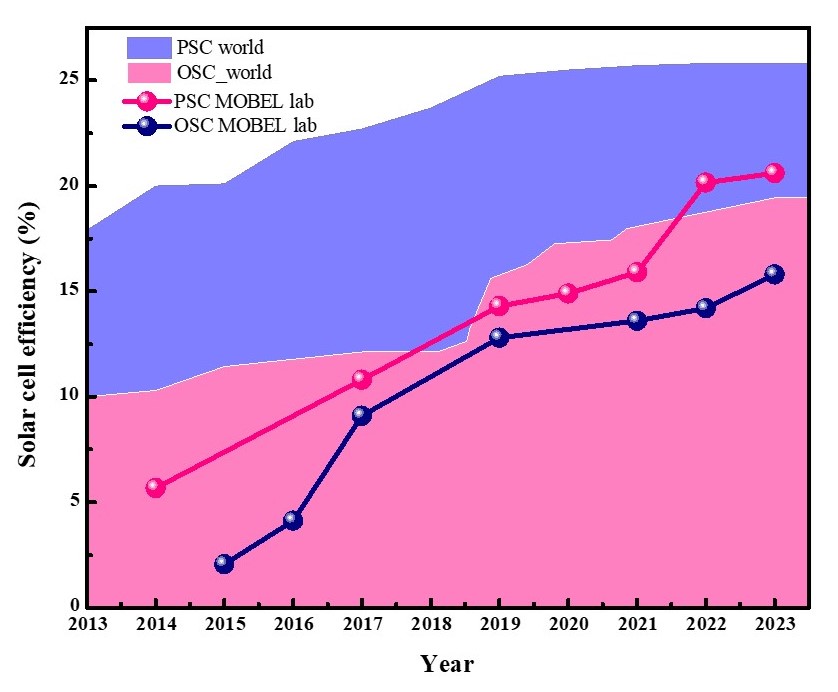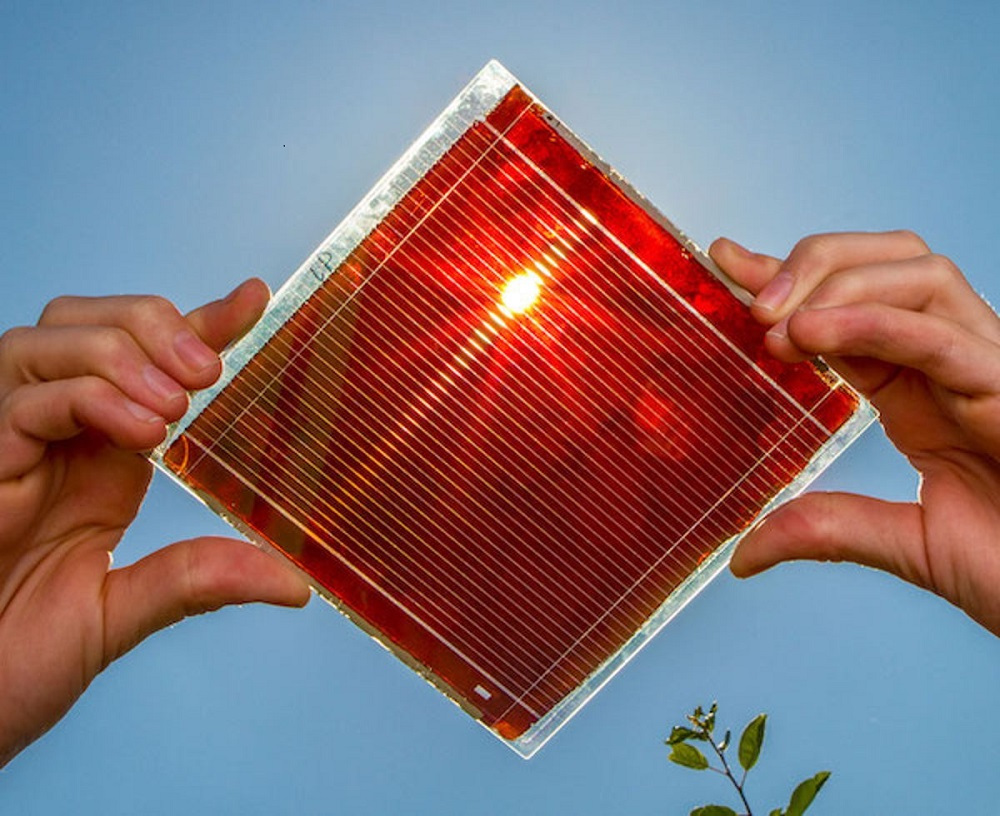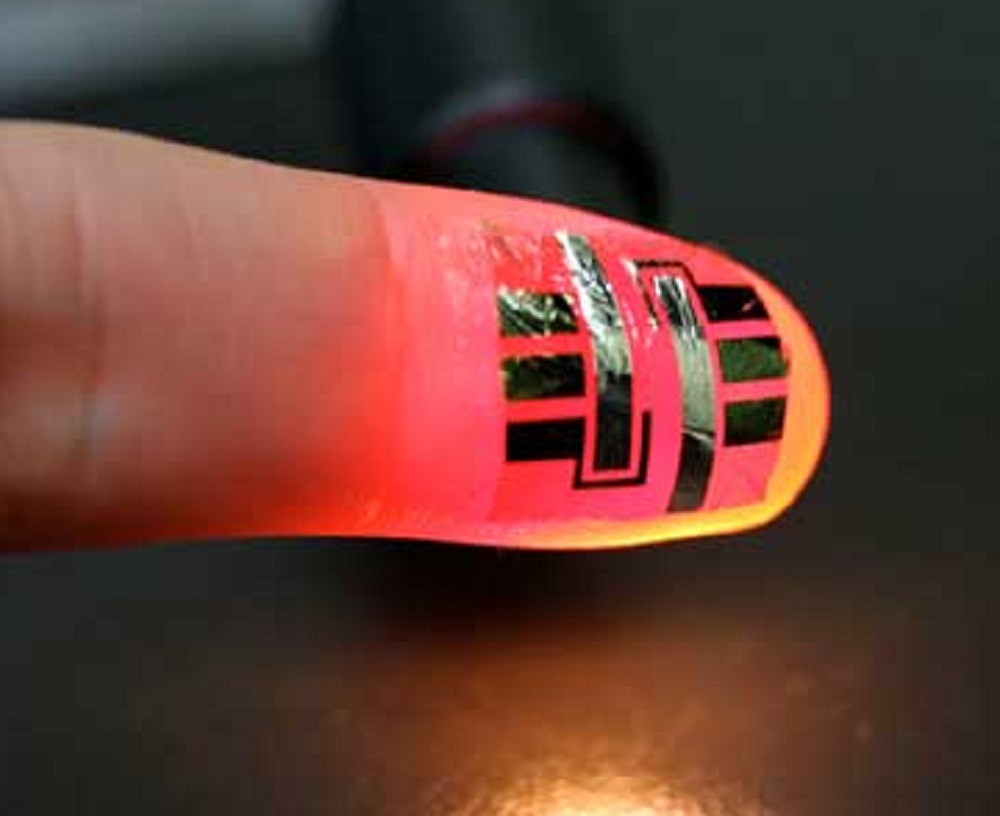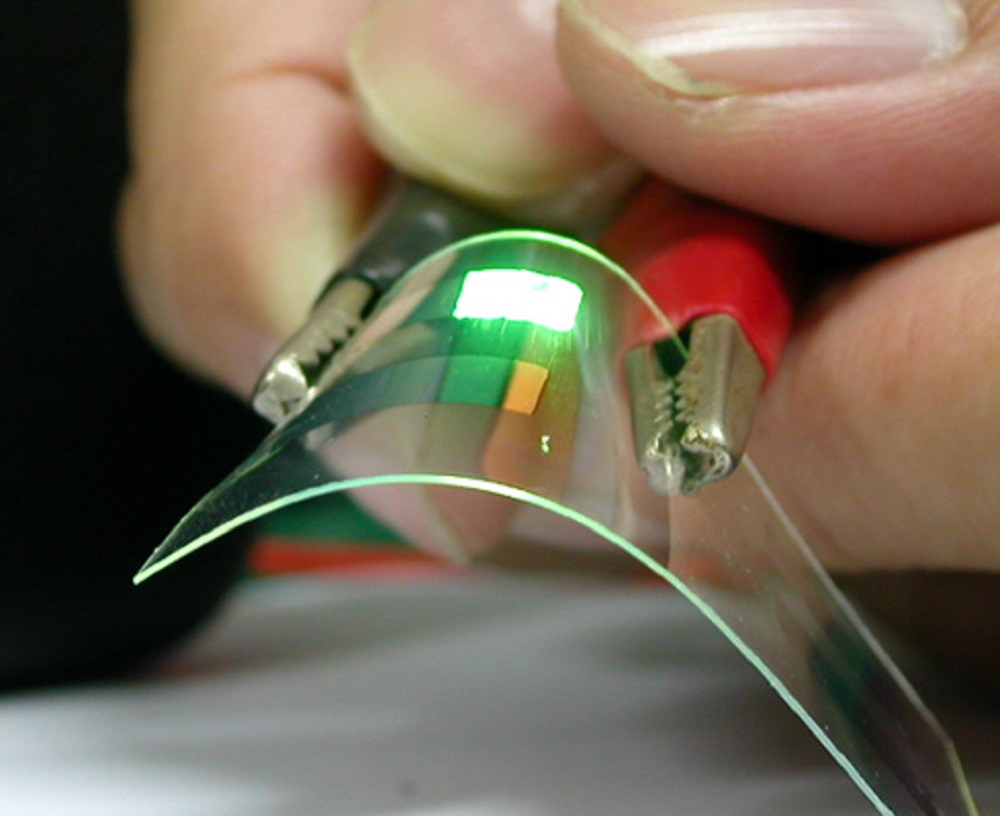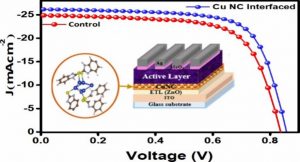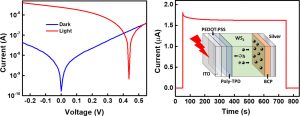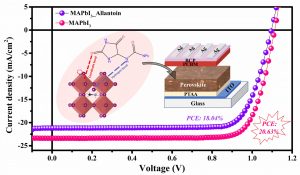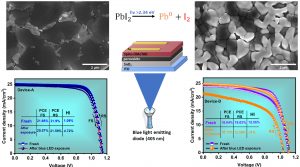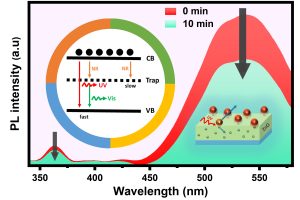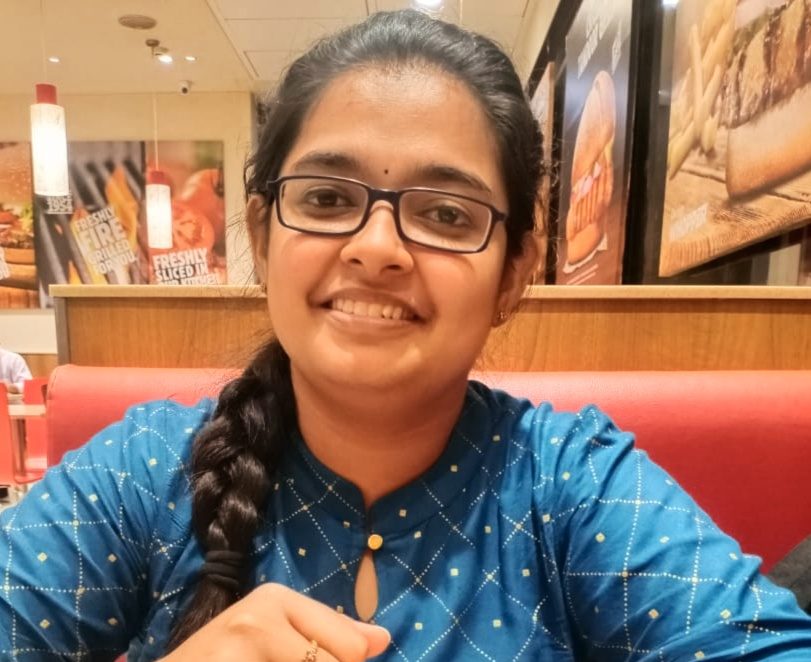Molecular Opto and Bio-Electronics Lab
Semiconductors play an important role in our day to day life. The development in semiconductors technology has enabled management of our daily activities with a touch or a word from a person. The incredible power of semiconductor technology has been unravelled in the present situation during pandemic, where we were able to conduct our daily life without much interruption. This might not be possible without the fundamental and technological understanding of semiconductors since the development of semiconductor based devices from Bell Labs in 1953. Based on current challenges and aspirations of the humanity, more understanding about semiconductors, both in the fundamental and technological aspects is needed. Hence, there is a growing need to explore new materials, concepts, phenomena and more understanding of the physics and chemistry of semiconductors.
Silicon, being the most favoured semiconductor by the academic and industrial community, is difficult to replace. But the current status is due to last seven decades of efforts to understand the fundamentals and improvisation is foundry for developing high quality silicon for technological applications. But both academic and industry is in pursuit of alternatives due to its high energy processing techniques, limitation in extending to 3D electronics and toxicity involved in waste and processing chemicals. This has resulted in the development of new materials with elements in pure state and in combination with others like solution processable organic semiconductors and perovskite materials, quantum materials, 2D materials, etc. Miniaturization of electronic components to include more functionality in small space has resulted in many challenges as far as fundamental physics and chemistry of such systems is concerned. Different electrical and optical spectroscopic techniques, microscopy, transport studies and device physics which are used to understand the working mechanism of semiconductors need much more in-depth analysis and modifications to include phenomena involved on reduction in dimensionalities.
Our group focusses on solution processable semiconductors, understanding the physics and chemistry of such systems, designing of new devices/architectures, device physics and interface engineering. Our research work is primarily directed towards the photo induced free carrier generation, recombination and optoelectronic properties of devices made using organic, organic-inorganic hybrid, 2D, nano and quantum materials. We have been fabricating and understanding the photophysics of organic and perovskite solar cells, organic light emitting diodes, organic field effect transistors, and photodetectors. For understanding the device physics, we have been using various spectroscopic techniques like impedance spectroscopy, transient photovoltage and photocurrent spectroscopies and charge extraction by a linearly increasing voltage of photo-generated carriers (photo CELIV) technique.
Important Notice
Current Research
Recent publications
Mitigation of Illumination Sensitive Dark Current in Broadband Organic Photodiode Enabled by Robust Interface Engineering; Alvin Joseph, Anitha B. Pillai, Muthukrishnan Sundaram, Birabar Ranjit Kumar Nanda, Manoj A. G. Namboothiry;Adv. Energy Mater. 2025, 2500748.
Metal Nanoclusters for Interface Engineering and Improved Photovoltaic Performance in Organic Solar Cells; Yousuf Alishan, Alvin Joseph, Anitha B. Pillai, Ravari Kandy Aparna, Ranjini Sarkar, Sudip Chakraborty, Sukhendu Mandal, Manoj A. G. Namboothiry; ACS Nano 2024, XXXX, XXX, XXX-XXX
Origin of Anomalous Transient Photocurrent in Solution-Processed WS2 Nanosheet-Based Self-Powered Photodetectors; Vijith K Pulikodan, Muhammed Raees A, Akhil Alexander, Anjana Krishnakumar Nalledath, Manoj AG Namboothiry; ACS Appl. Nano Mater. 2024, XXXX, XXX, XXX-XXX
Enhancing the Efficiency and Stability of Perovskite Solar Cells through Defect Passivation and Controlled Crystal Growth Using Allantoin; Akhil Alexander, Vishnupriya P Kamalon, Vivek V Dev, Muhammed Raees A, Sidharth Reghunathan, Pradeep R Nair, Manoj AG Namboothiry; ACS Appl. Mater. Interfaces 2023, 15, 50, 58406–58415
Controlling Lead Halide Residue in Perovskite Solar Cells: A Method to Improve the Photostability and Hysteresis; Nikhil Kalasariya, Akhil Alexander, Prithwish Kumar Bhunia, Emilio Gutierrez-Partida, Roshni Benny, Martin Stolterfoht, Manoj A. G. Namboothiry; Sol. RRL, 8: 2300788 (2023)
Hydrophobic poly-TPD modified PEDOT PSS surface for improved and stable photovoltaic performance of MAPbI3 based p-i-n perovskite solar cells films as a model system; Akhil Alexander, Anitha B. Pillai, Vijith K. Pulikodan, Alvin Joseph, Muhammed Raees A, and Manoj A. G. Namboothiry; Journal of Applied Physics 134, 085002 (2023)
Sequential photoluminescence measurements to explore electron-trapping dynamics in slow photoresponse materials: Zinc oxide thin films as a model system; Muhammed Raees A, Akhil Alexander, Anitha B. Pillai, Vijith K. Pulikodan, Alvin Joseph, and Manoj A. G. Namboothiry; Phys. Rev. Applied 19, 064034 – 9 June 2023
News & Highlights
Junior Research Fellow
We are immediately looking for a junior research fellow for a collaborative project
Research Associate
We are immediately looking for a research associate for a collaborative project
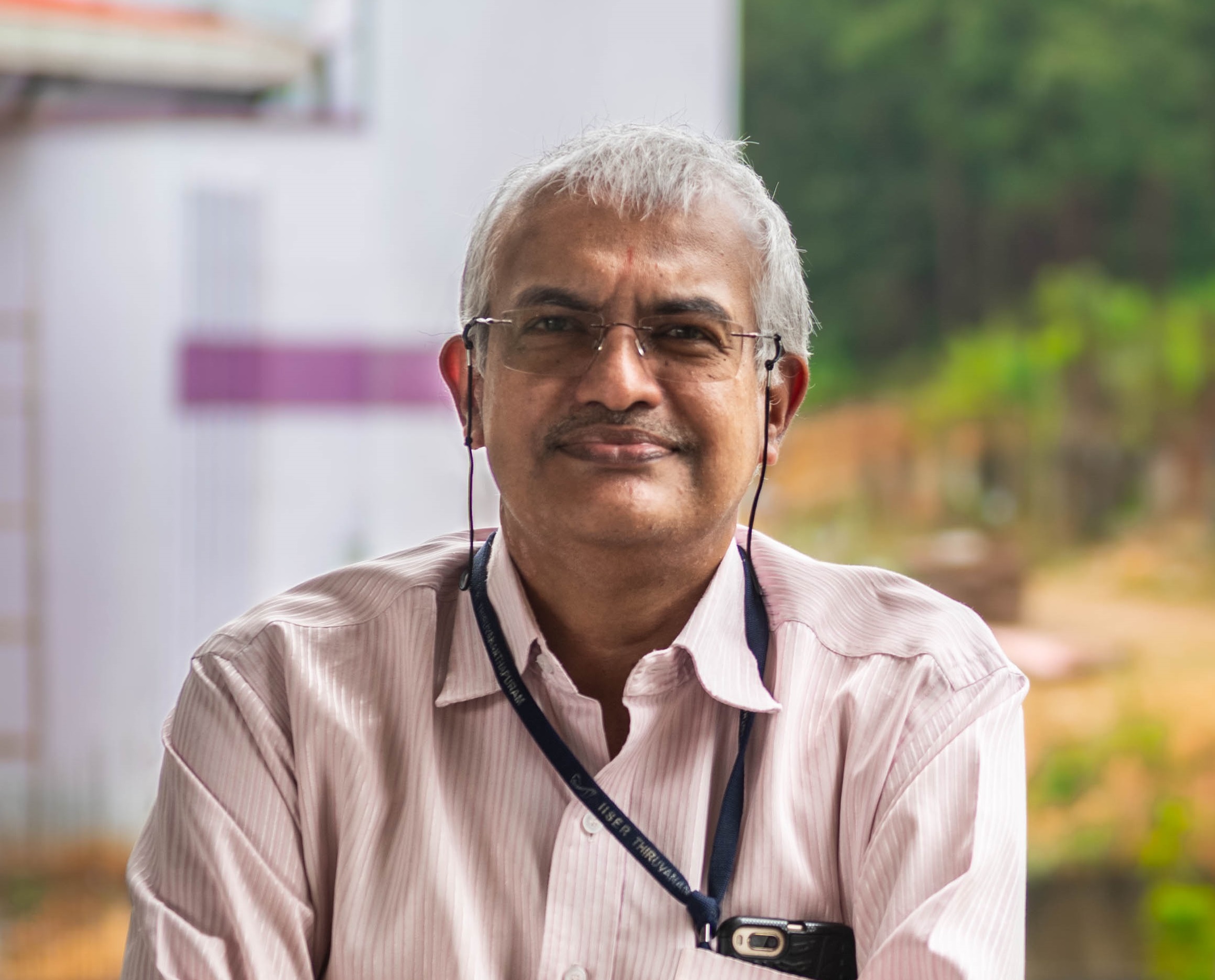
Congratulations
Congratulations Dr. Manoj On Your Professorship

Congratulations
Mr. Alvin Joseph, published his work on Advanced Energy Materials

Congratulations
Mr. Yousuf Alishan and Mr. Alvin Joseph, published their work on ACS Nano.
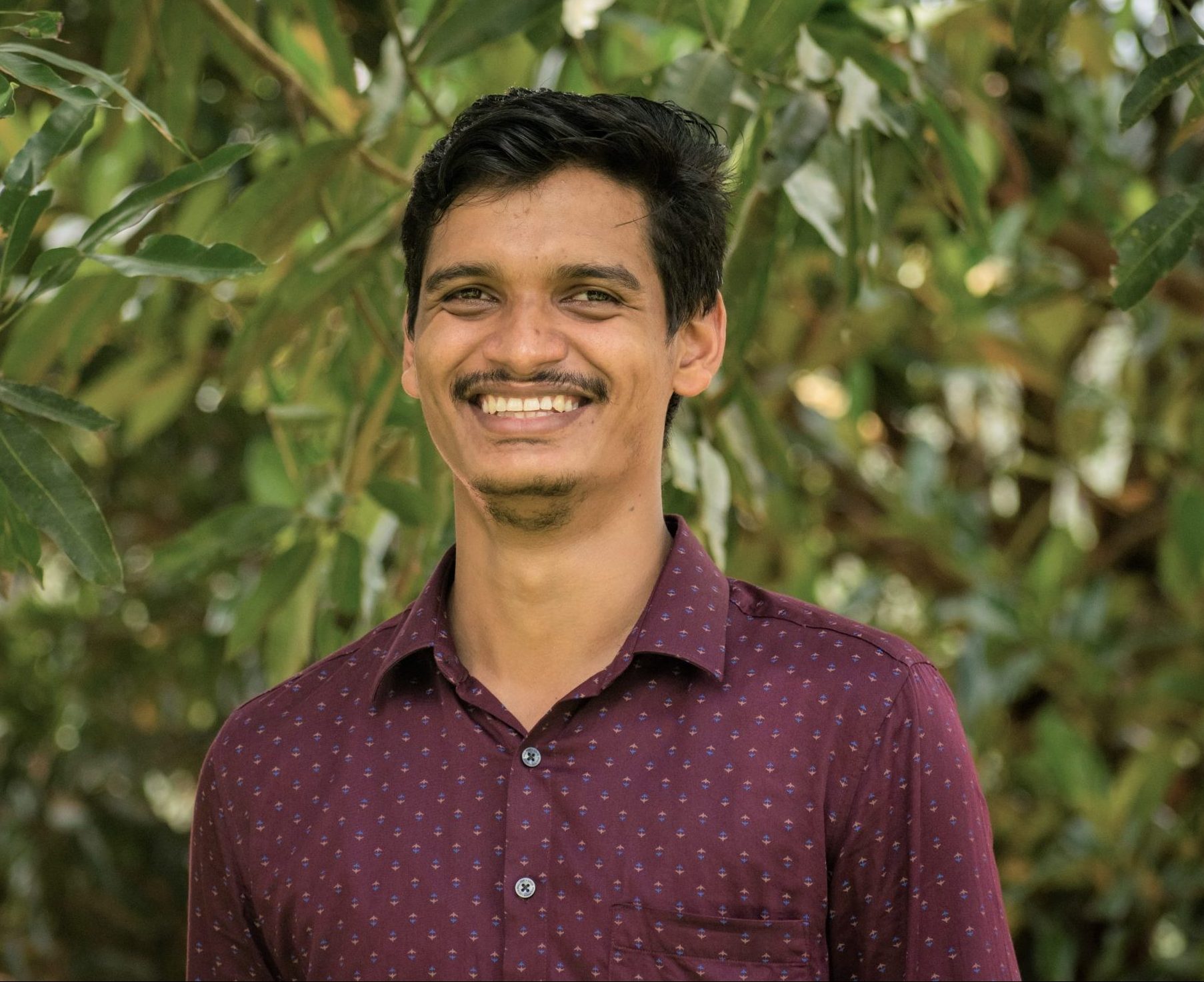
Congratulations
Dr. Akhil Alexander successfully defended his thesis
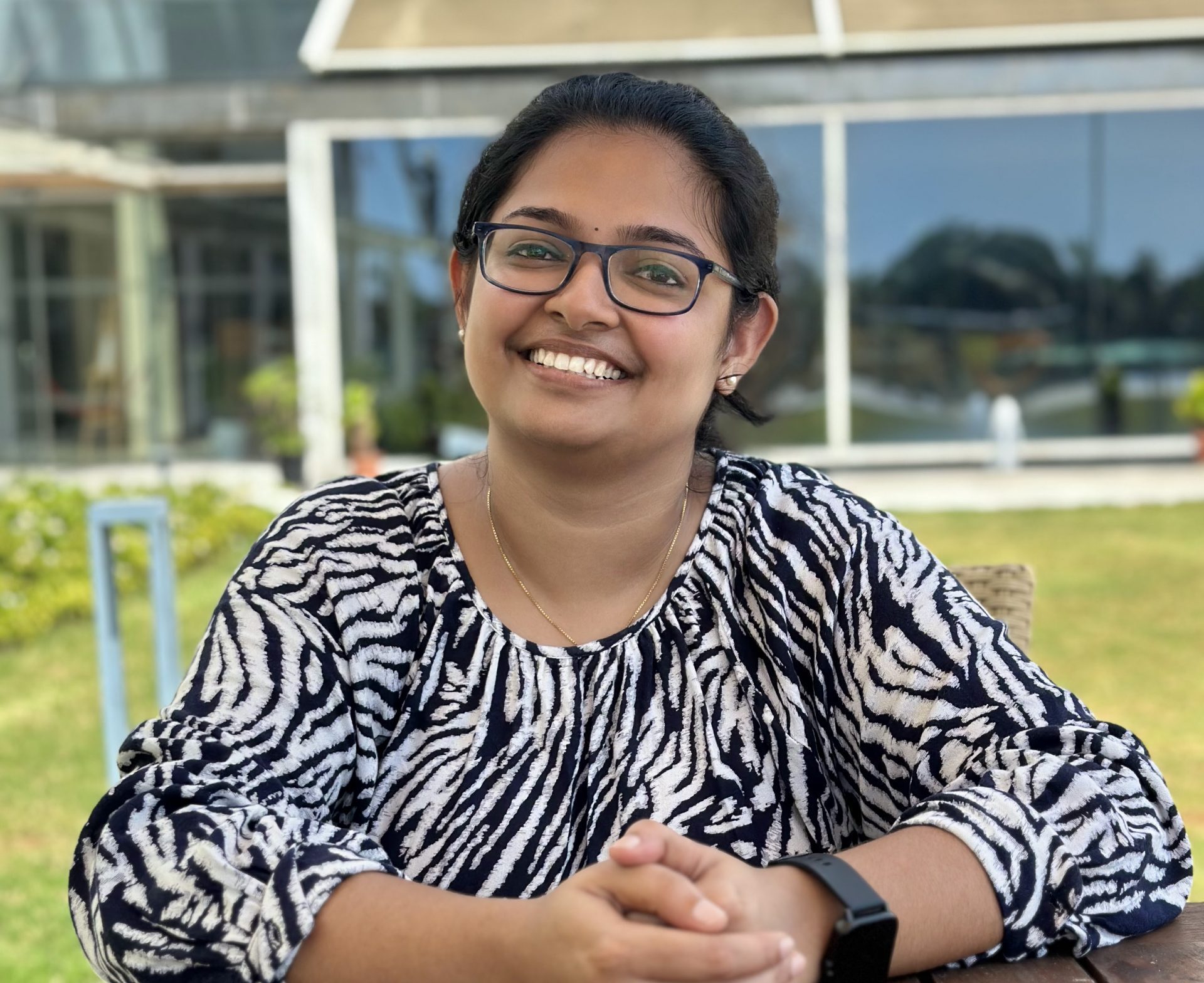
Congratulations
Ms. Roshni Benny for securing best paper award in 'International conference on Energy, Environment and Health - 2024'
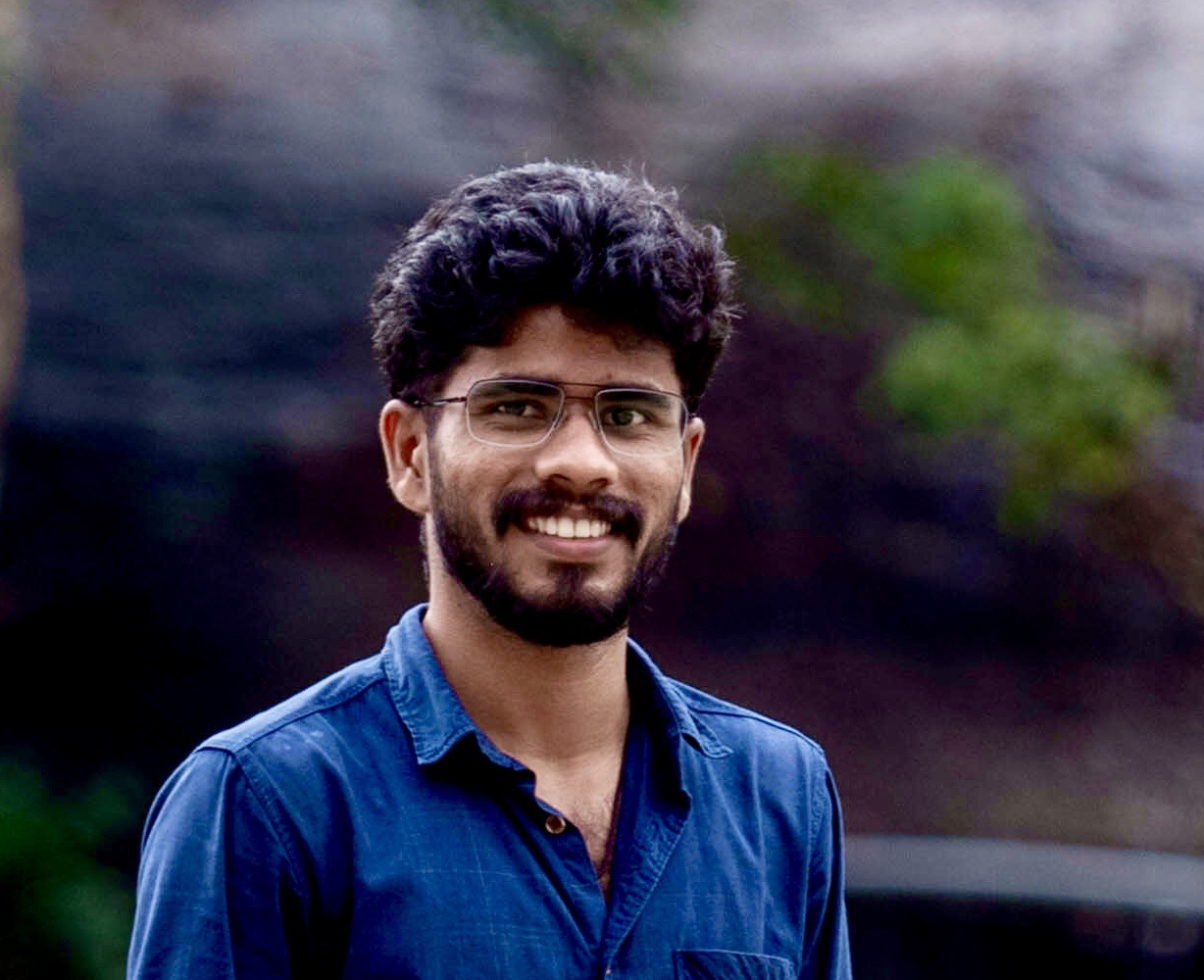
Congratulations
Dr. Vijith K P published his work on ACS Applied Nano Materials

Congratulations
Mr Akhil Alexander and Ms Vishnupriya P K, published their work on ACS Applied Materials and Interfaces.



